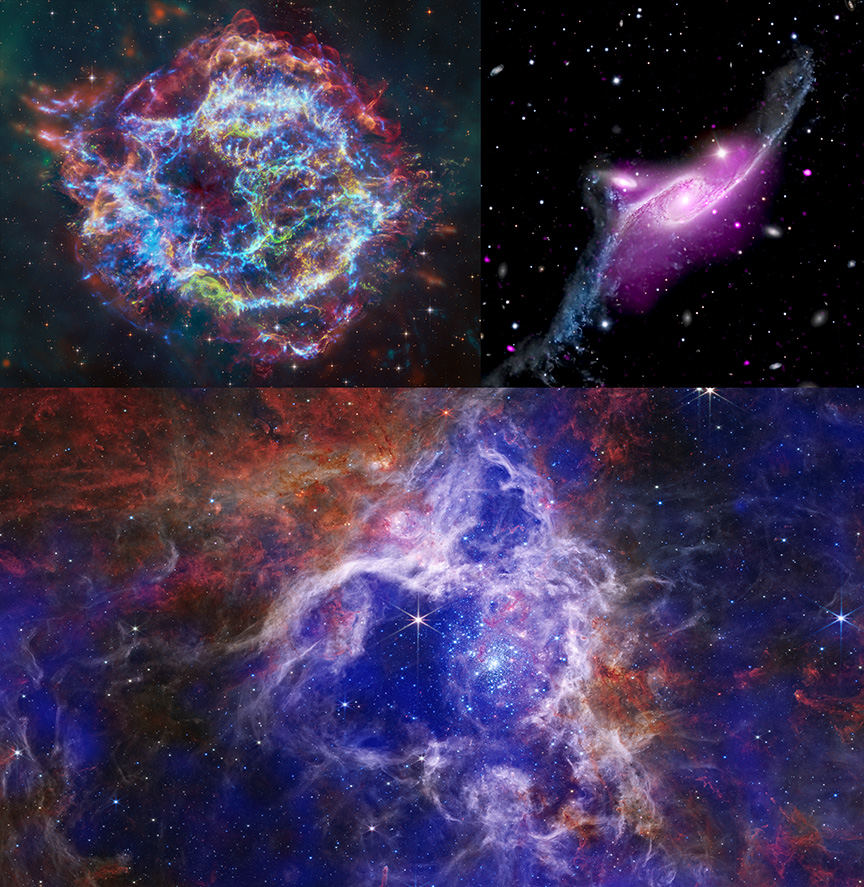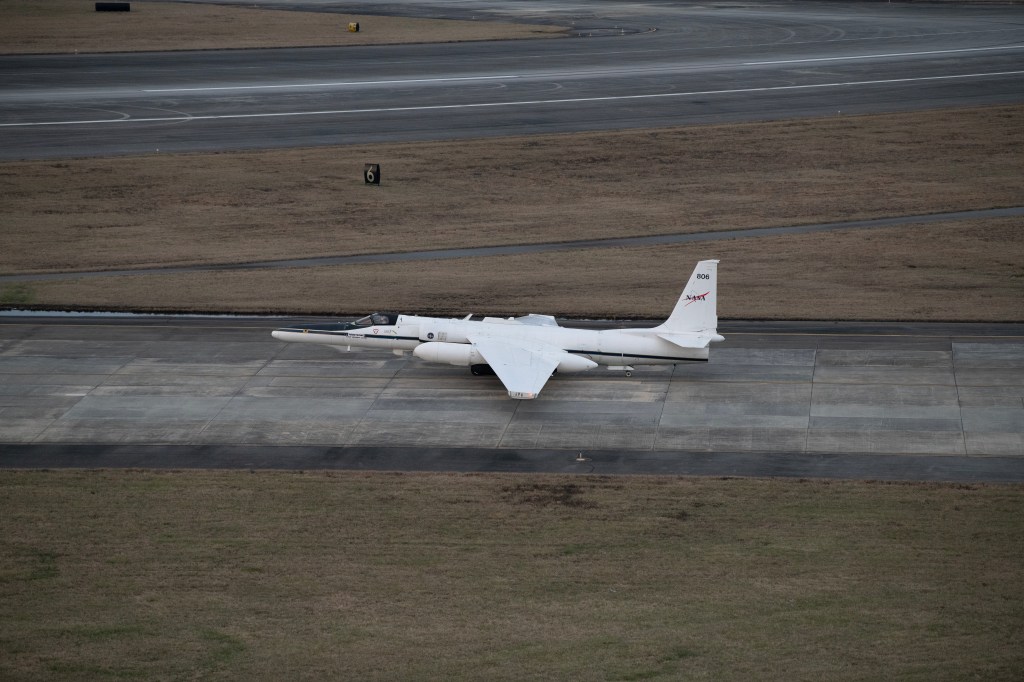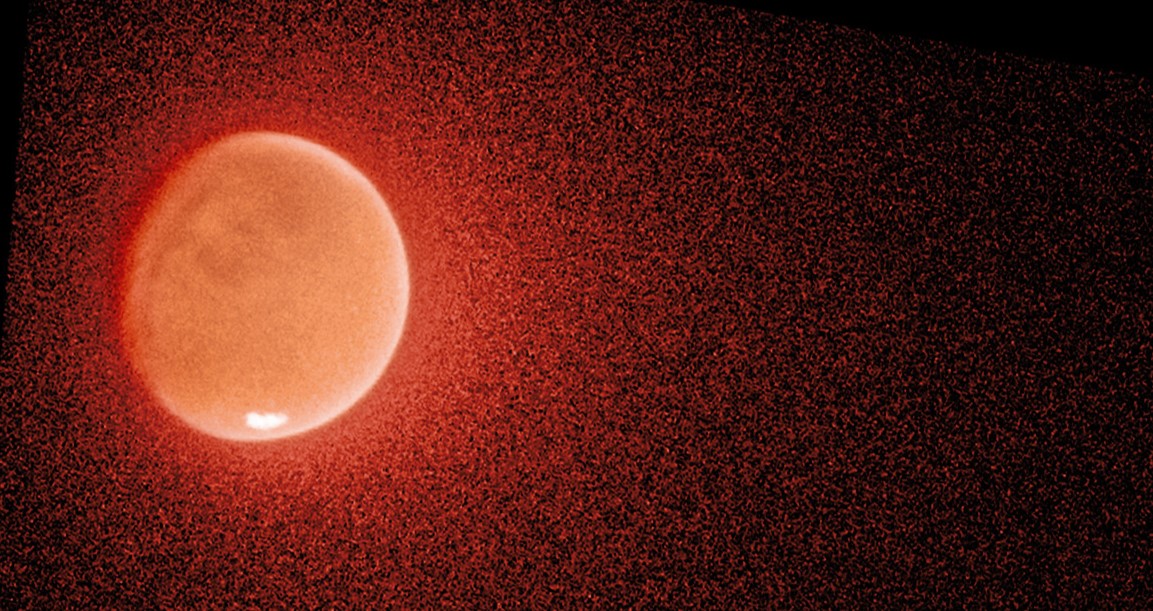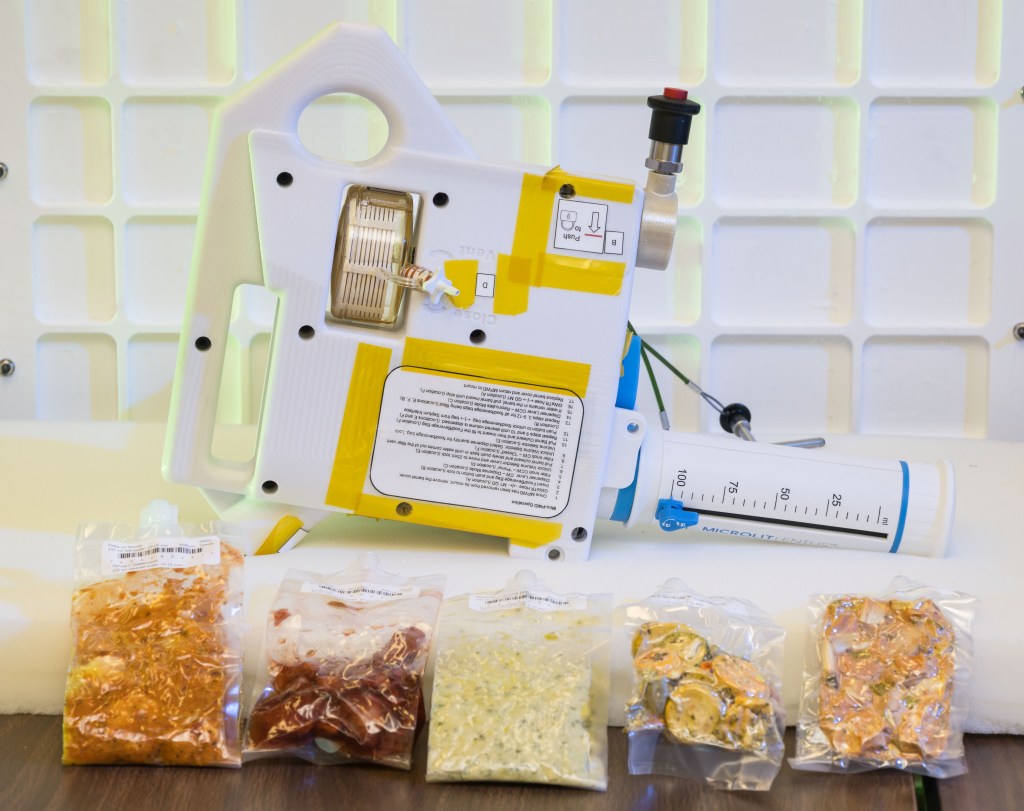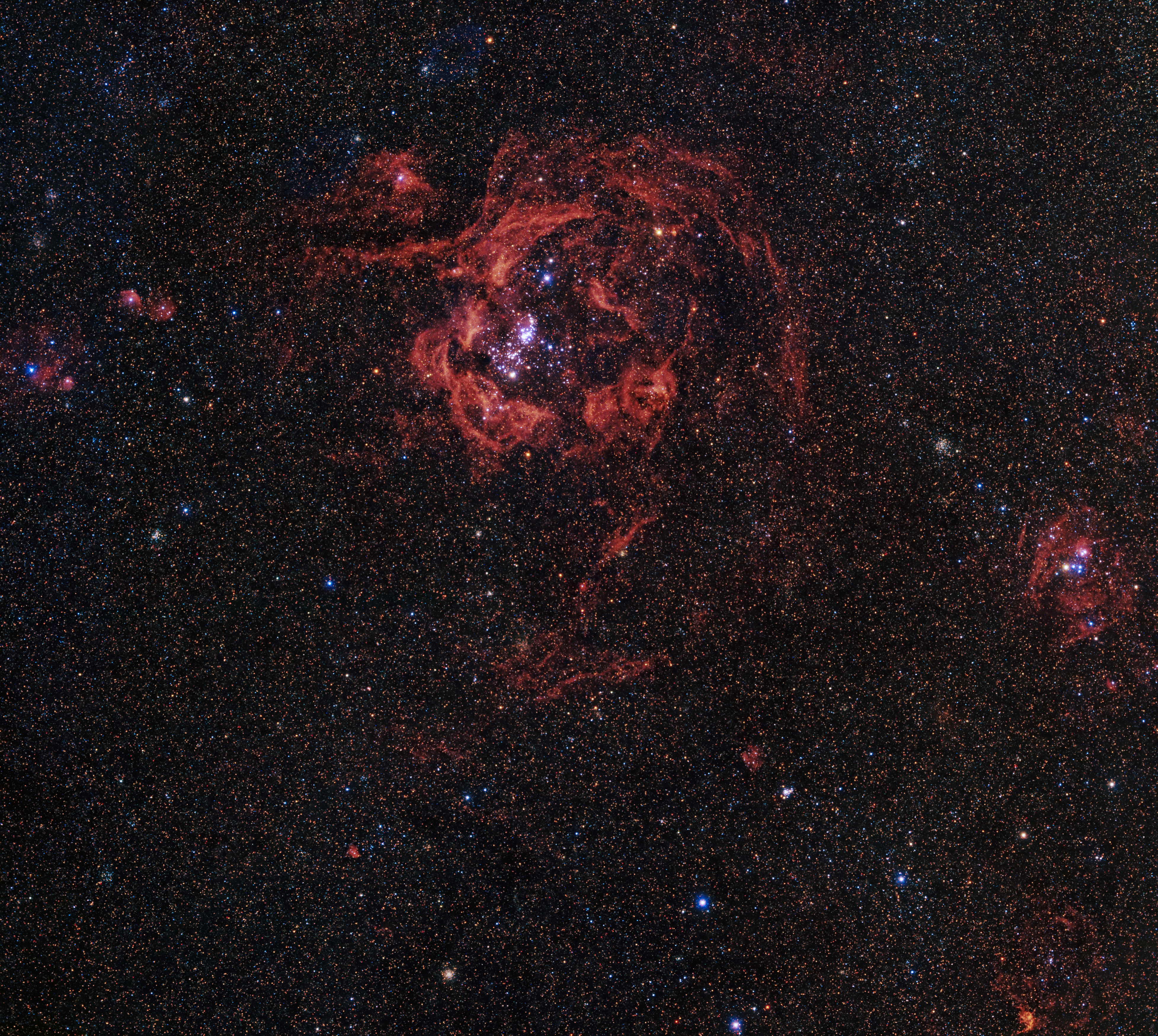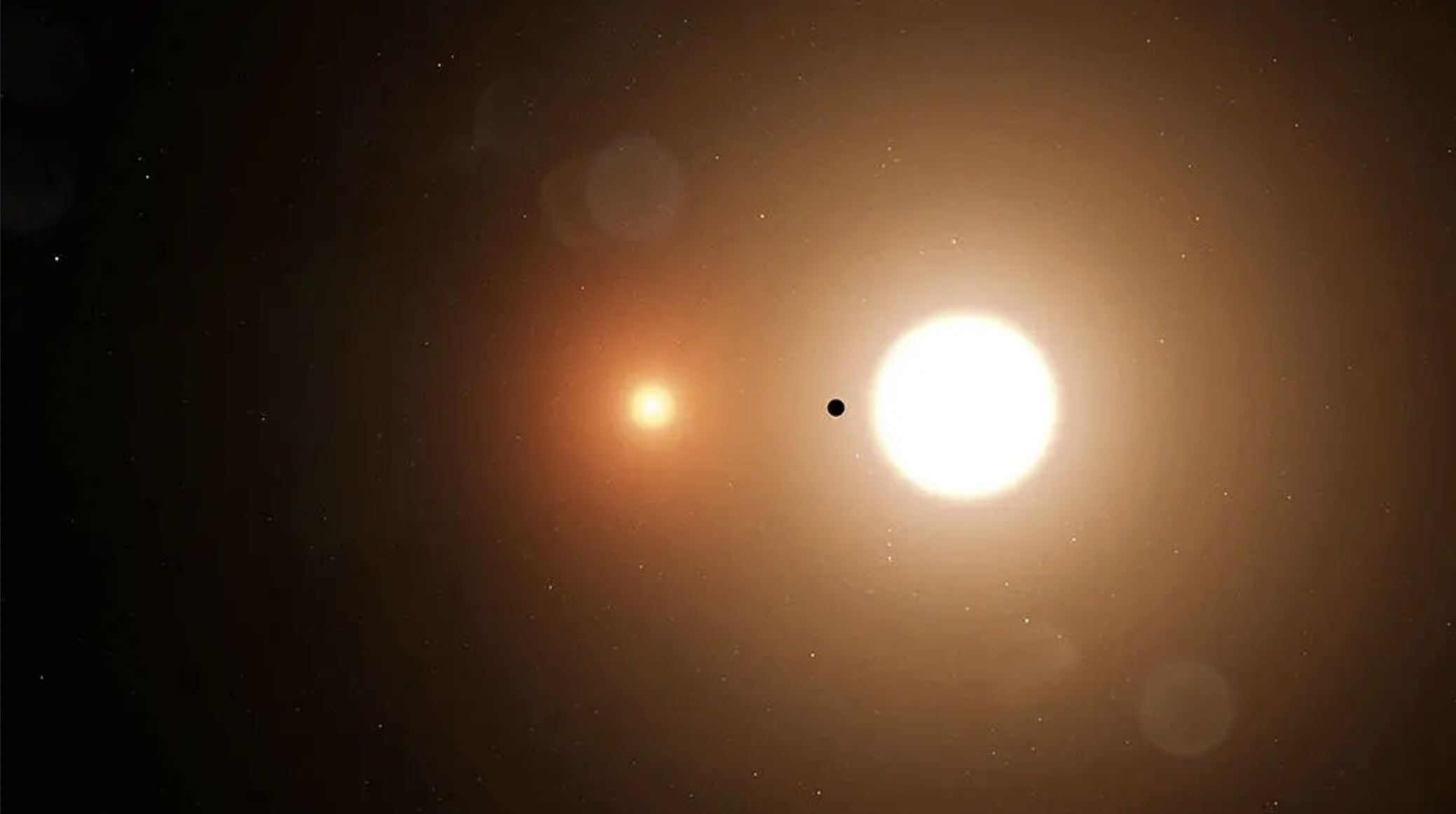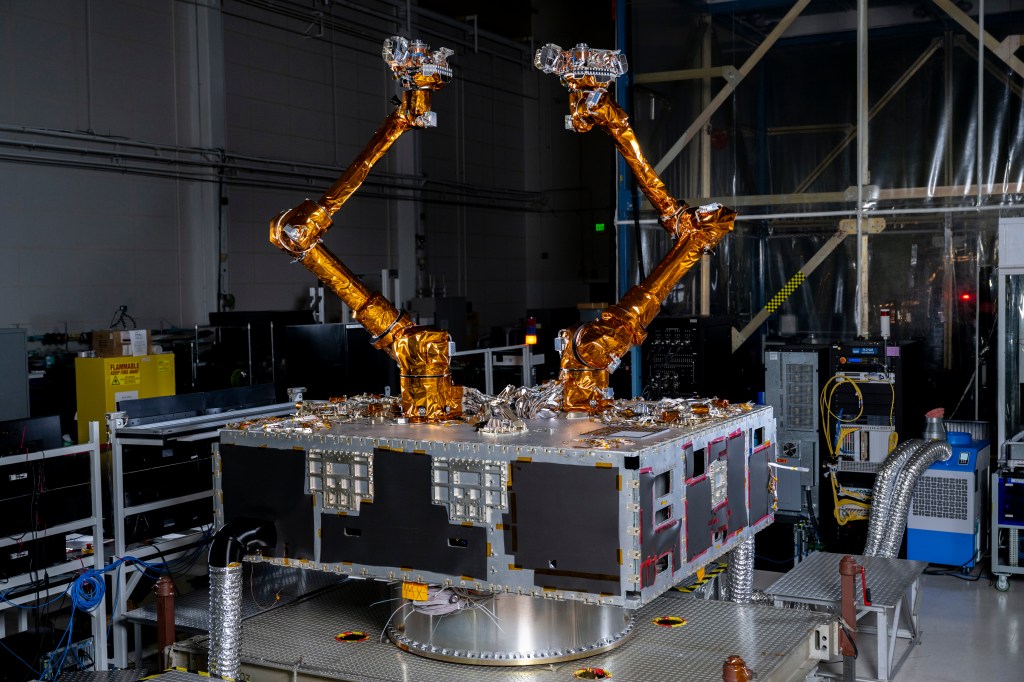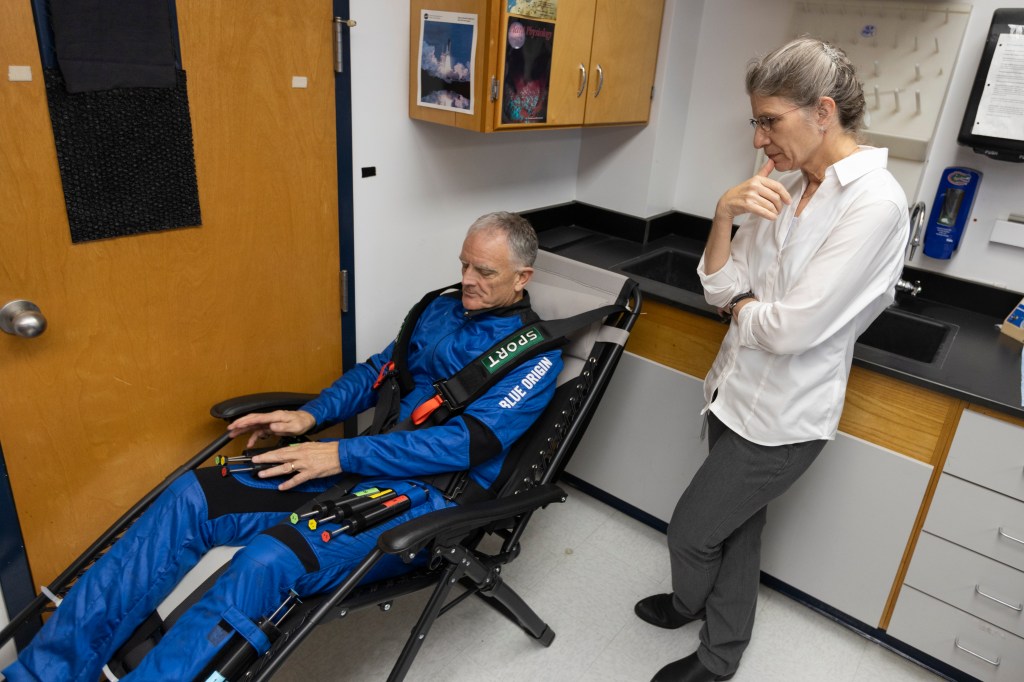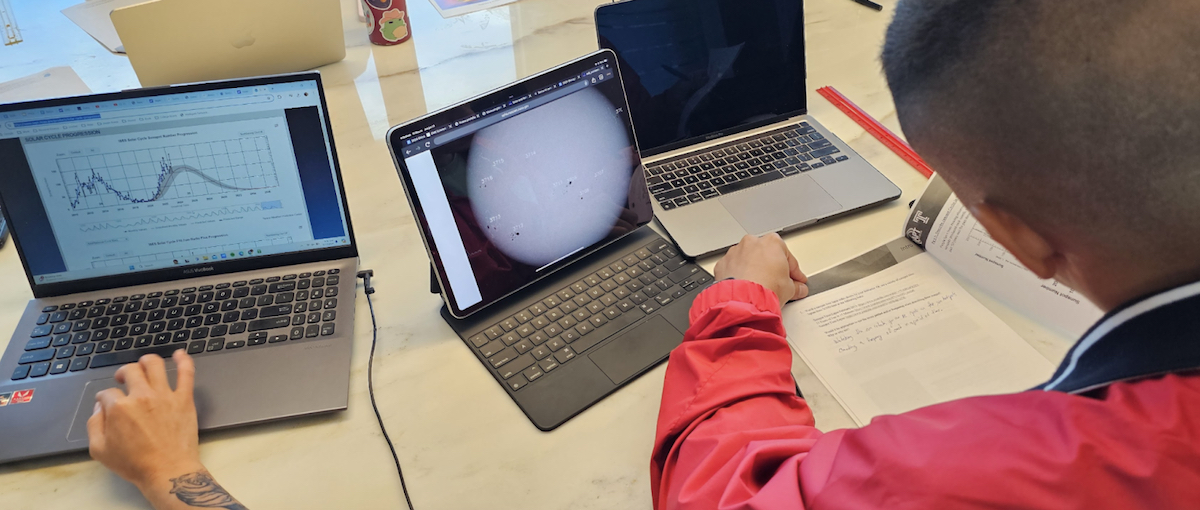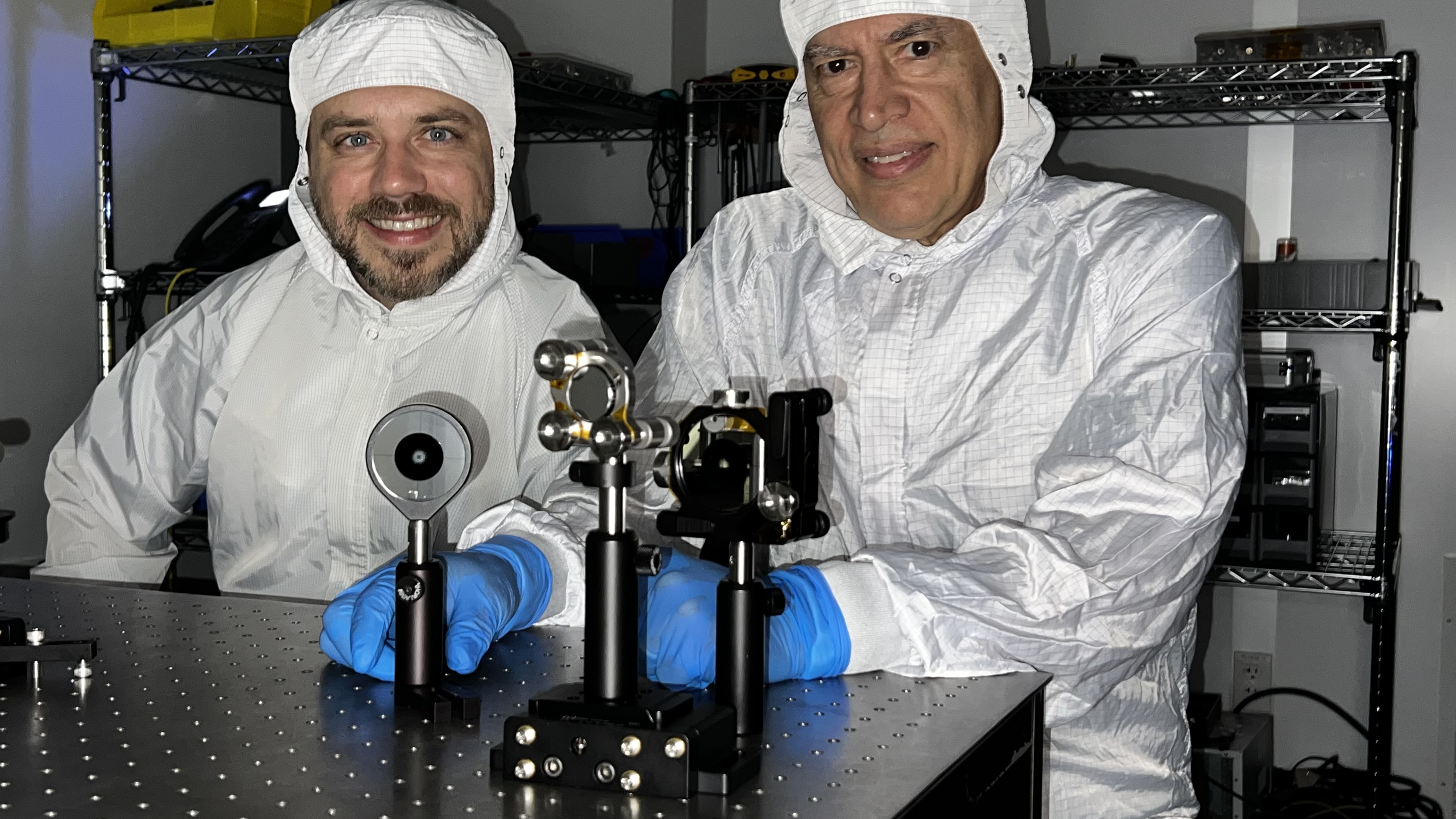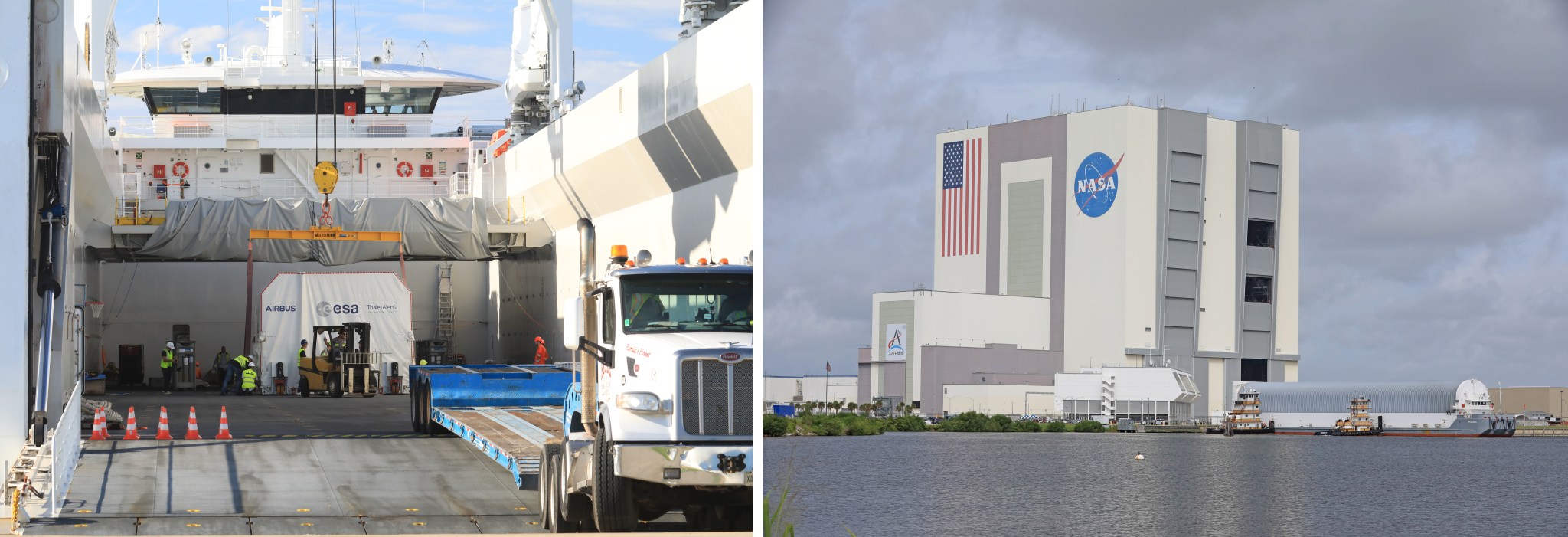
From across the Atlantic Ocean and through the Gulf of Mexico, two ships converged, delivering key spacecraft and rocket components of NASA’s Artemis campaign to the agency’s Kennedy Space Center in Florida.
On Sept. 3, ESA (European Space Agency) marked a milestone in the Artemis III mission as its European-built service module for NASA’s Orion spacecraft completed a transatlantic journey from Bremen, Germany, to Port Canaveral, Florida, where technicians moved it to nearby NASA Kennedy. Transported aboard the Canopée cargo ship, the European Service Module—assembled by Airbus with components from 10 European countries and the U.S.—provides propulsion, thermal control, electrical power, and water and oxygen for its crews.
“Seeing multi-mission hardware arrive at the same time demonstrates the progress we are making on our Artemis missions,” said Amit Kshatriya, deputy associate administrator, Moon to Mars Program, at NASA Headquarters in Washington. “We are going to the Moon together with our industry and international partners and we are manufacturing, assembling, building, and integrating elements for Artemis flights.”
NASA’s Pegasus barge, the agency’s waterway workhorse for transporting large hardware by sea, ferried multi-mission hardware for the agency’s SLS (Space Launch System) rocket, the Artemis II launch vehicle stage adapter, the “boat-tail” of the core stage for Artemis III, the core stage engine section for Artemis IV, along with ground support equipment needed to move and assemble the large components. The barge pulled into NASA Kennedy’s Launch Complex 39B Turn Basin Thursday.
The spacecraft factory inside NASA Kennedy’s Neil Armstrong Operations and Checkout Building is set to buzz with additional activity in the coming months. With the Artemis II Orion crew and service modules stacked together and undergoing testing, and engineers outfitting the Artemis III and IV crew modules, engineers soon will connect the newly arrived European Service Module to the crew module adapter, which houses electronic equipment for communications, power, and control, and includes an umbilical connector that bridges the electrical, data, and fluid systems between the crew and service modules.
The SLS rocket’s cone-shaped launch vehicle stage adapter connects the core stage to the upper stage and protects the rocket’s flight computers, avionics, and electrical devices in the upper stage system during launch and ascent. The adapter will be taken to Kennedy’s Vehicle Assembly Building in preparation for Artemis II rocket stacking operations.
The boat-tail, which will be used during the assembly of the SLS core stage for Artemis III, is a fairing-like structure that protects the bottom end of the core stage and RS-25 engines. This hardware, picked up at NASA’s Michoud Assembly Facility in New Orleans, will join the Artemis III core stage engine section housed in the spaceport’s Space Systems Processing Facility.
The Artemis IV SLS core stage engine section arrived from NASA Michoud and also will transfer to the center’s processing facility ahead of final assembly.
Under the Artemis campaign, NASA will land the first woman, first person of color, and its first international partner astronaut on the lunar surface, establishing long-term exploration for scientific discovery and preparing for human missions to Mars. The agency’s SLS rocket and Orion spacecraft, and supporting ground systems, along with the human landing system, next-generation spacesuits and rovers, and Gateway, serve as NASA’s foundation for deep space exploration.
For more information on NASA’s Artemis missions, visit:
-end-
Rachel Kraft
Headquarters, Washington
202-358-1600
Rachel.h.kraft@nasa.gov
Allison Tankersley, Antonia Jaramillo Botero
Kennedy Space Center, Florida
321-867-2468
Allison.p.tankersley@nasa.gov/ antonia.jaramillobotero@nasa.gov

